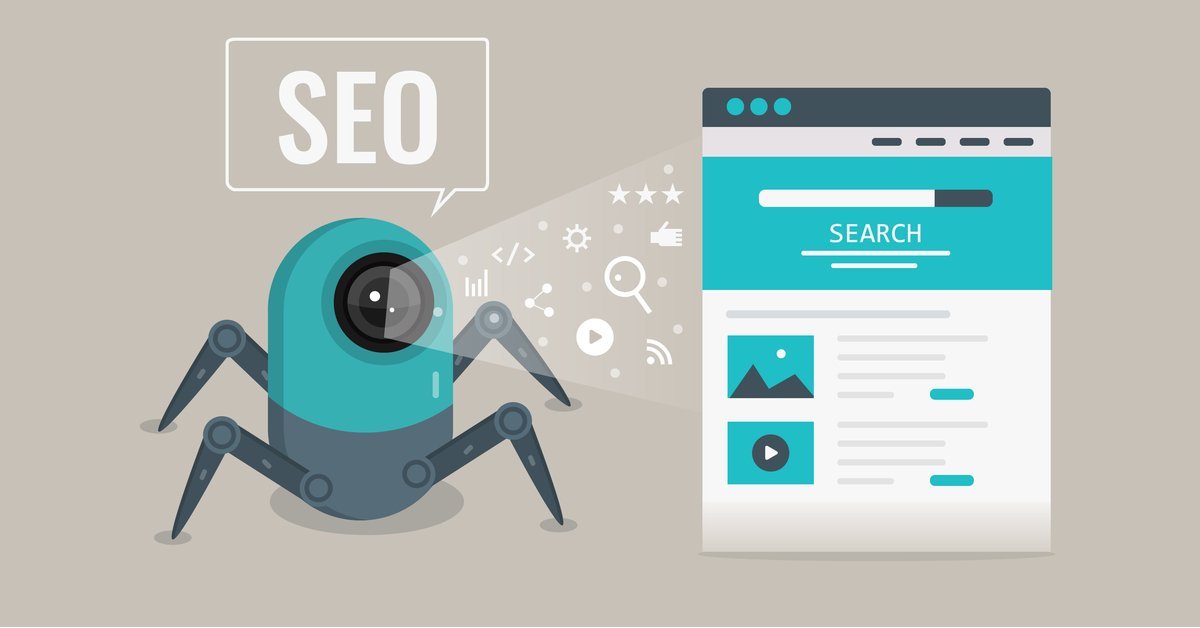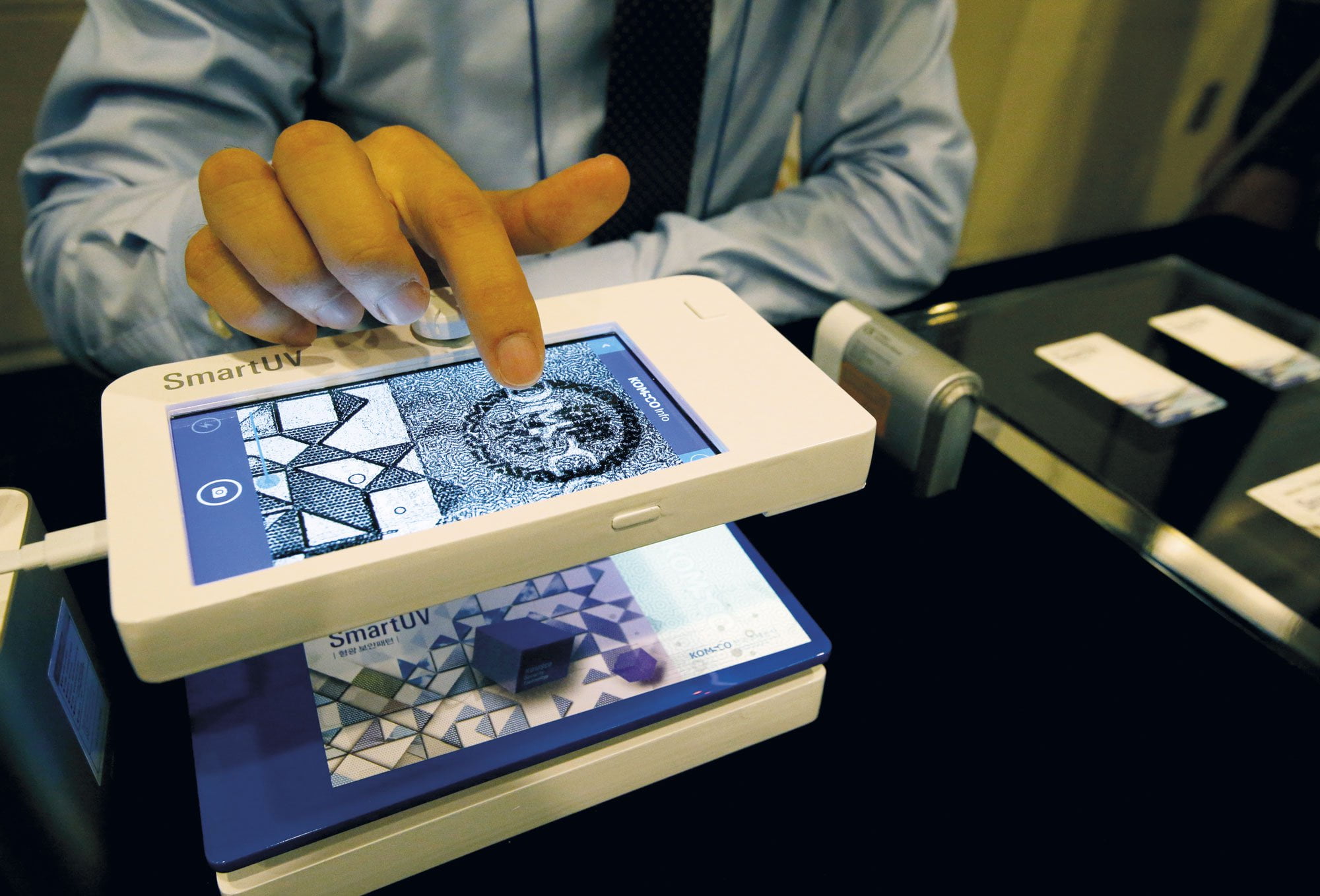
Although running a blog can be amusing, you might run many security risks that could depart you dead in the water. No one likes to suppose it can manifest to them, but the truth is, it could. It’s no longer a rely on if, however, while, especially in case your blog is inclined.

I’ve executed lots of research into protection vulnerabilities with WordPress and have encountered some surprising records, together with matters you’ve got likely by no means heard of. So I’ve compiled a checklist of things to do to limit your chances of being hacked.
1. Upgrade WordPress – I can not tell you what number of people no longer upgrade to the newest version of WordPress. You should always upgrade, specifically if it’s a safety upgrade. Not upgrading to the newest version leaves your weblog extensive open for an attack from hackers and spammers that understand the safety vulnerability. Your WordPress dashboard web page for your admin panel will inform you while the most recent WordPress model is launched. It may also appear frightening to upgrade, but it’s now not that hard once you get in there and stroll through the steps.
If you have a problem understanding the WordPress instructions on upgrading or you are not very tech-savvy, you can download a plugin known as WordPress Automatic Upgrade, which walks you little by little through the procedure and does the whole lot for you. If you’ve got this plugin, there’s no cause you should not improve to the most modern model.
2. Change Default Admin Account – Every hacker and spammer on the net is aware of there may be a default “admin” person for WordPress that has complete god-like energy over your complete blog. By leaving this personal account, you are asking for an attack. When you log in to your WordPress manipulate panel for the first time, you should visit the Users web page, create a brand new consumer with admin privileges (named something aside from admin), and delete the default admin user. This makes hackers have to wager the username as well as the password of your admin account. If you need even further security, you should set up some other person with posting privileges only and use that user account every time you log in to WordPress to post new weblog access.
3. Remove Version String From Header – The header record of your WordPress blog consists of some code that tells absolutely everyone what the contemporary model is you are running of WordPress. The high-quality way to decrease vulnerability from this is to upgrade, like I pointed out earlier continually; however, if you nonetheless have reservations about upgrading, you need to at the least remove the model string from the header record.

4. Know Your Plugins – Many plugins are written for WordPress, and new ones are being created every day. Even although all of us need to consider it, not all of them are safe plugins. They can include malicious code that lets the creator access your blog through the again door. The absolute best manner to make sure the plugin you’re using is secure is to most effective download and set up plugins from the WordPress.Org website. The WordPress crew’s plugins indexed on WordPress had been examined, which guarantees they may now not be maliciously written.
5. Rename Your WordPress Database Tables – Don’t get scared of this one. If you are tech-savvy, you probably already realize a way to try this, and if you don’t, there are lots of little by little commands to be had on the internet. If you are not tech-savvy and aren’t positive about what you are doing, your first-rate bet would be to download a few plugins that step you through the procedure. One of those plugins is referred to as WP Prefix Changer. It’s a splendid plugin and very clean to apply, but you must beware some incorrectly written plugins may be affected because they are hard to link to the specific database desk name. But having to deactivate a plugin or to increase your blog security is well well worth it.
6. Hide Your Folder Directory – By default, your WordPress plugins listing is viewable using everyone inquisitive about looking at it absolutely using typing [http://www.Yourdomainname.Com/wp-content/plugins]. Try it properly now and spot what I’m talking about. If you cannot see it, you’re beforehand of the sport and might skip this item for your checklist, but if you can see your plugins, you’re vulnerable to an assault to your weblog. As with several WordPress users, you could have also created a few greater folders in your hosting account that can be viewable as nicely, and these can be fixed in the same manner as your plugins folder.
7. Block WP Folders From Search Engines – By default, search engines like google index the whole lot from the root listing of your internet site all the way down to the smallest document. There are many files and directories to your WordPress installation that you do not want the search engines like google indexing. If each person determined those precise folders and files in Google, you may have the same problems because of the afore-stated vulnerability. The handiest approach to preserve search engines like google and yahoo from indexing particular files you don’t want them to see (besides any longer allowing your complete blog to be indexed) isn’t recommended. Create a “robots.Txt” report.
When a search engine bot comes to your website, the first issue they look for is your robots.Txt file. This tells them what they can’t do. Like and rule ebook. If you need to understand all of the “robots.Txt” document features, you may Google it and find hundreds of thousands of hyperlinks to helpful websites. To hold Google from indexing your wp-admin, wp-content material, wp-includes, and other wp folders, truly add the following line on your robots.Txt report:
Disallow: /wp-*

These are honestly the simple and most vital matters you can do to increase protection and minimize your possibilities of being effectively hacked. There are plenty of extra guidelines located everywhere on the internet; all you need to do is appearance. If you are involved, there’s a plugin known as WP Security Scan, scans your blog for vulnerabilities and letting you recognize what you need to fix. There is also a plugin referred to as Login Lock, which locks a particular username for a precise amount of time (default 1 hour) if too many unsuccessful attempts were made to enter the precise password.
















